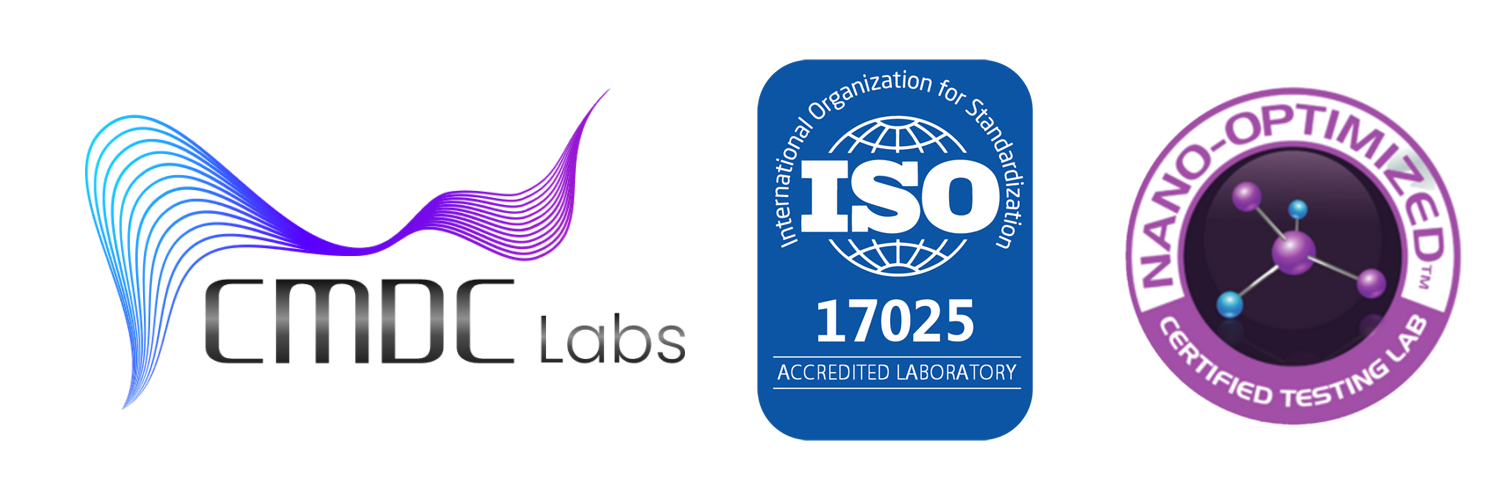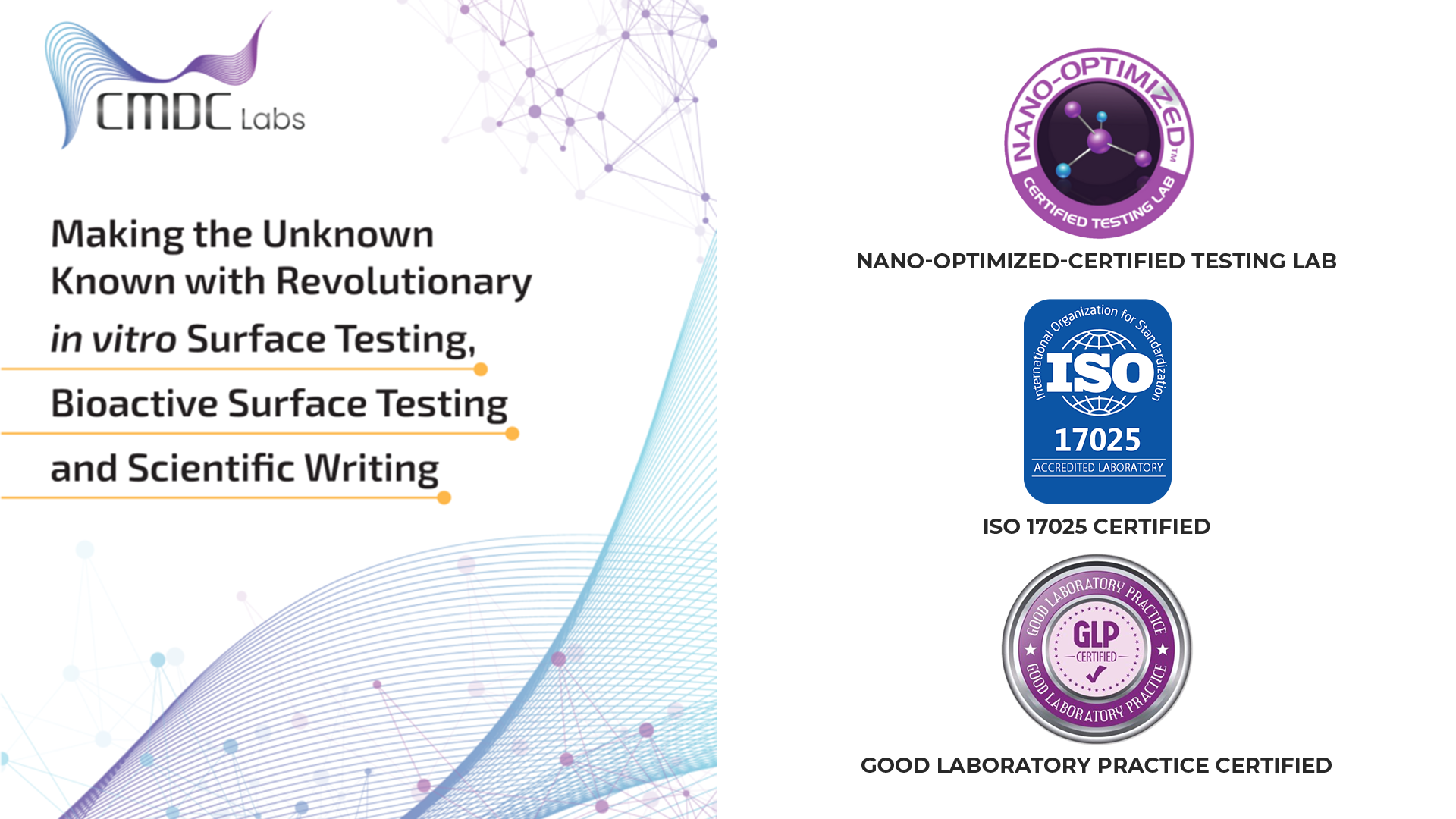In the realm of medical device manufacturing, ensuring product safety is paramount. Among the various tests conducted to ascertain this, bioburden testing holds significant importance. Governed by standards like ISO 11737-1, bioburden testing helps determine the level of microbial contamination on medical devices before they are sterilized. Understanding the intricacies of ISO 11737-1 and implementing best practices is crucial for medical device manufacturers to maintain compliance and uphold patient safety.
ISO 11737-1 sets forth guidelines for the enumeration of viable microorganisms present on medical devices, particularly those intended for sterile distribution. Compliance with this standard involves meticulous planning, execution, and documentation of bioburden testing protocols. Here are some key aspects to consider when navigating ISO 11737-1:
- Sample Collection and Preparation: Proper sampling techniques are essential to obtain representative data. Samples should be collected aseptically and processed promptly to prevent microbial proliferation. Additionally, sample size and location must be chosen strategically to ensure comprehensive assessment.
- Microbial Enumeration Methods: ISO 11737-1 allows for various enumeration methods, including membrane filtration, pour plate, and spread plate techniques. Each method has its advantages and limitations, and selecting the most appropriate one depends on factors such as device characteristics and microbial load.
- Validation and Verification: Validating and verifying bioburden testing methods is imperative to ensure accuracy and reproducibility of results. This involves conducting method suitability studies, establishing acceptance criteria, and periodically reassessing the testing process.
- Data Analysis and Interpretation: Once bioburden testing is complete, data analysis plays a crucial role in determining the next steps. Understanding microbial trends, identifying potential sources of contamination, and assessing risk factors are integral aspects of result interpretation.
- Documentation and Reporting: Comprehensive documentation of bioburden testing procedures, results, and associated records is essential for compliance with ISO 11737-1. Clear and concise reporting facilitates traceability and enables regulatory authorities to assess product safety.
By adhering to the principles outlined in ISO 11737-1 and implementing robust bioburden testing practices, medical device manufacturers can uphold the highest standards of quality and safety. At CMDC Labs, we specialize in guiding clients through the complexities of ISO compliance, offering tailored solutions to meet their unique testing needs. With our expertise and commitment to excellence, we ensure that every product subjected to bioburden testing emerges with a clean bill of health, ready to make a positive impact on patient care.

